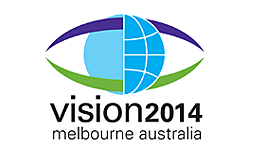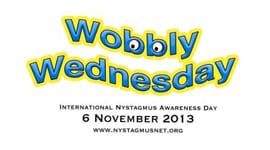It’s been a while since I was last able to update the site, and that’s not because there haven’t been interesting things to discuss but because there have just been too many interesting things going on to have time to discuss them. Over the last two months we have presented our early research findings in both Melbourne (Australia) and San Francisco (USA), and visited the Veterans Affairs’ Western Blind Rehabilitation Centre in Palo Alto (USA) to discuss their rehabilitation program for veterans with acquired brain injury. In between those visits we hosted our own international conference at the WESC Foundation with delegates arriving from all over Europe and the US, which was a great success. Conor Linehan, one of our collaborating academics has also presented recently in Toronto (Canada) at the ACM CHI Conference on human factors in computing systems. All in all, it’s been a busy couple of months. I now have a bit of breathing space while we make preparations for research participant recruitment, so I can finally sit down and add a post to our blog. I thought I’d talk a little bit about Neurogaming.
Earlier this month, I attended a conference and expo dedicated to Neurogaming. When I first booked the tickets to the conference I wasn’t entirely sure what to expect, except that there were going to be people there from academia, industry and the commercial sector – and that there was going to be at least one panel talking about developing computer games for neurorehabilitation. As it turns out the conference covered a range of topics from virtual and augmented reality to neurofeedback and biosensors to games for education, wellness and therapy.
It was very interesting to explore the expo and witness the up-and-coming Oculus Rift virtual reality headset in action alongside other cutting edge technology such as head, body and arm trackers that were certainly capable of simulating physical presence in the virtual reality games that I had a chance to play. Also of interest were the number of startup companies involved in neurofeedback and neurocontrol using EEG headbands, which seem to have reached a price point where they are now mass marketable. The headbands have been adapted from the rather bulky (and unfashionable) caps that you might find in a psychology lab to smaller wireless sensor arrays that can be worn easily while out about. The headbands I saw at the conference were most often used to pick up prefrontal cortex activity, which can give a measure of “attention” as a form of neurofeedback to those practicing mindfulness training or even cognitive behavioural therapy for attention deficit disorders.
The field is still relatively new so it will be interesting to see how things progress, but if any of you are interested you can watch the panel discussions that were recorded during the conference here.

